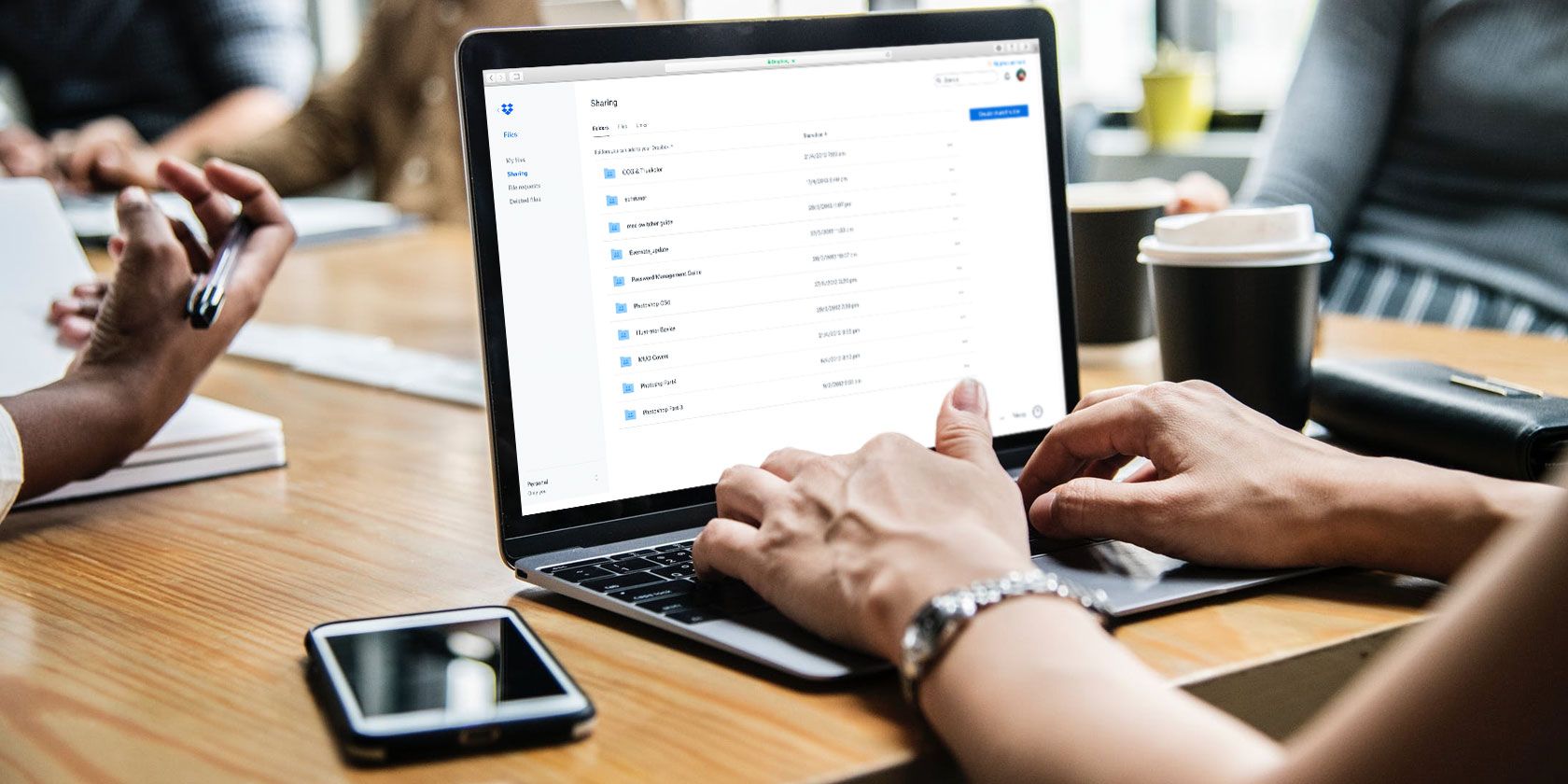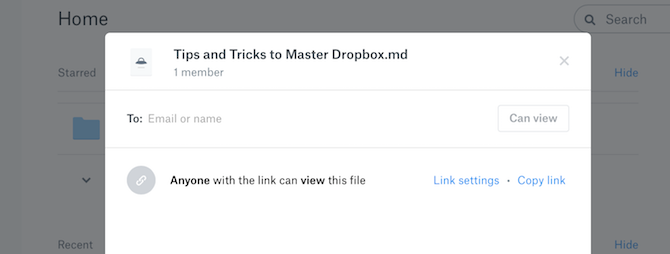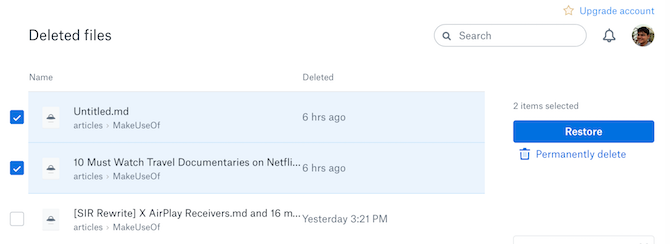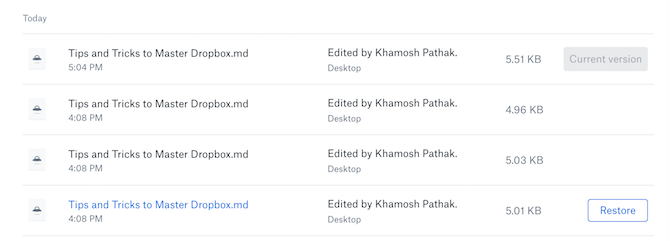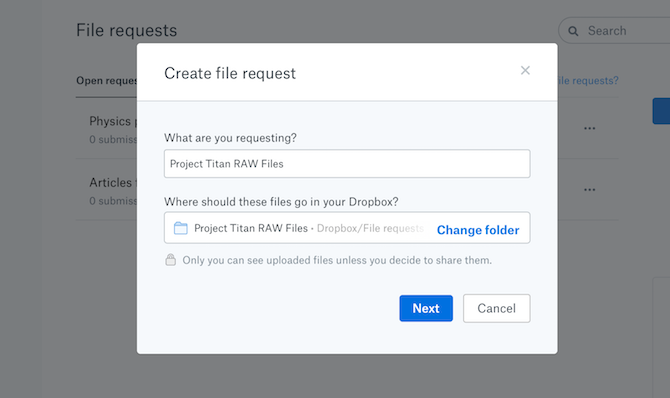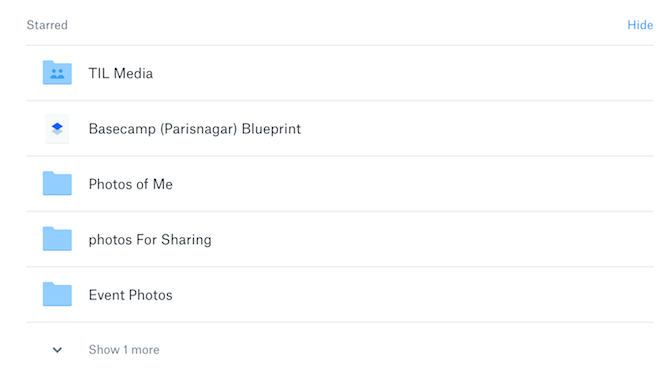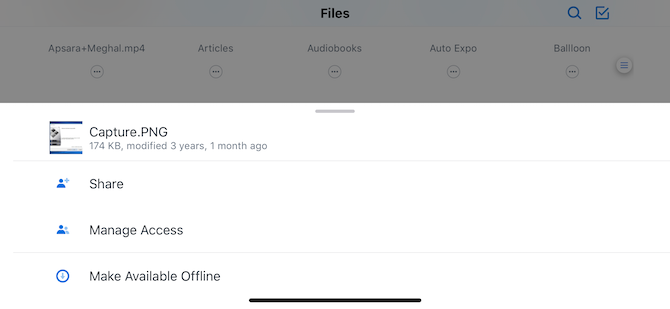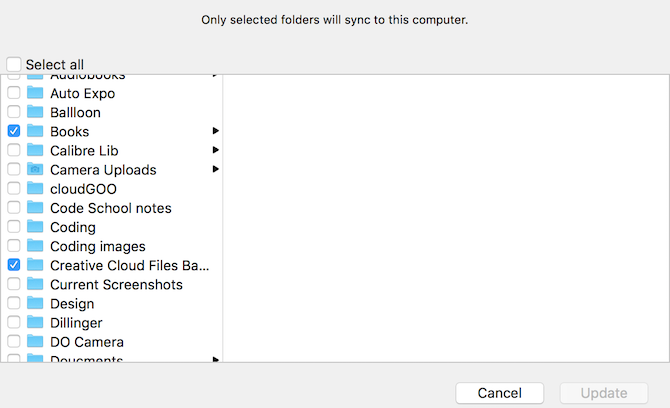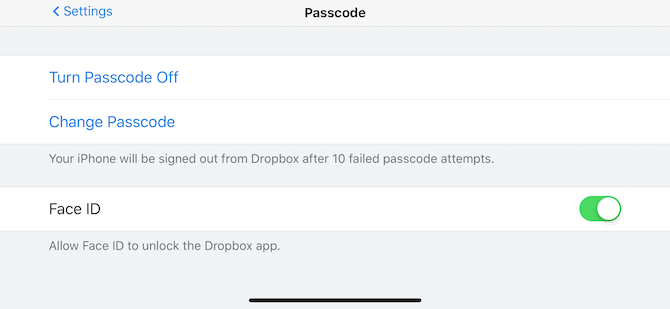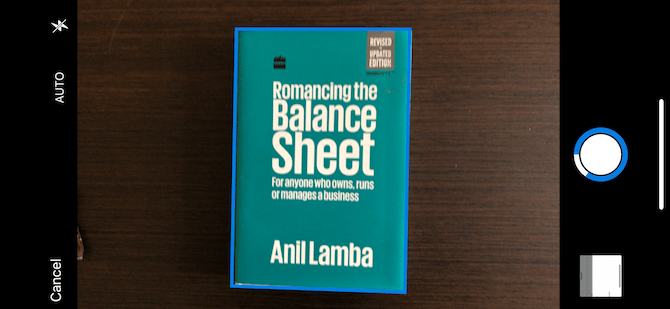If you work on a computer, in a team of people, or if you're a freelancer, Dropbox is the default part of your life now. But Dropbox is much more than just a place to save and sync your work files between your laptop and mobile devices.
Dropbox has turned into an ecosystem for collaborating on projects, collecting documents, and sharing important files. But as your entire work life moves into Dropbox, it can be difficult to manage the different parts of Dropbox. The simplistic folder structure surely definitely doesn't help when you want to share your files. That's where our tips and tricks come in.
1. Instantly Share Any File With Anyone
Dropbox used to have a separate system for sharing files from your Dropbox account. You had to use the Public folder and it would automatically generate public links for anything in the folder. Now, Dropbox has simplified the workflow.
There are now multiple ways to share a file or folder on Dropbox.
When viewing a file, you can quickly go to the Share section and create a link. Now anyone with the link can access the file.
If you're looking to collaborate with people on a file or a folder, it's best to add them to Dropbox sharing directly.
2. Restore Deleted Files
Accidentally deleted a file from Dropbox? Don't worry, there's an easy way to get it back, as long as it's been less than 30 days since the deletion process. If you want to keep deleted files for up to 120 days, you'll have to upgrade to Dropbox Professional.
Open the Dropbox website, go to the Files section and click on Recently Deleted. Just like the Recycle Bin on your computer, you'll see a list of files you've recently deleted. Select the revenant files and click on the Restore button to put them back to their original place.
3. Revert Back to an Old Version of a File
One of the best features of Dropbox is its revision history. If you're a writer or an editor, you'll appreciate the ease with which you can instantly revert to an older version of the same document.
Click on the menu button next to the file and select Version History. You'll see a list of every different version of the file that Dropbox saved, along with the time stamp and the user who made the change. Click on one version to preview it. Use the Restore button to switch back to it.
4. Request Files
If you're using Dropbox to collect different kinds of files from different users, Request Files feature will save you a lot of time. Using this feature, you can create a link and a unique folder associated with it.
You can send this link to anyone and they can add any file to the folder. They don't even need to be a Dropbox user.
From the sidebar, click on File Requests and then use the Request Files button to get started. Enter the name of the folder, where to save it, put up a deadline, generate the link and send it along!
5. Star Important Folders for Quick Access
Dropbox might be a repository of all of your important work files, archive documents, home documents and even your photo library. If you simply use Dropbox's folder structure to organize it all, you'll spend a lot of time just finding the right folder.
This is where starring comes in. Pick a couple of folders you use frequently and Star them. The next time you open Dropbox website or the app, you'll see these folders right at the top.
6. Save Files for Offline Use
You can't be connected to the Internet all the time. It's a good idea to save a couple of important files for offline use. If you're using Dropbox Basic account, you can save individual files offline (using the iOS and Android app), for free. To save folders, you'll have to upgrade to a Dropbox Professional account.
Tap on the menu button when you're viewing a file and tap on the Make Available Offline button to save the file on your device.
7. Use Selective Sync to Save Storage Space
Once you've installed Dropbox on your Mac or Windows PC, head to Settings and find the Selective Sync option. Using this feature, you can choose to sync only a selected number of folders with your computer instead of your entire Dropbox account.
This is a good way to make sure that your photo backup or other large files don't take up space on your computer.
8. Change URL to get Direct Download Link
Here's a cool little hack to bypass Dropbox's UI for previewing a file. Instead of dodging a popup that keeps asking you to sign in to Dropbox, just change the URL a bit. At the end of a Dropbox shared URL, replace the "dl=0" part with "dl=1". Reload and the file will be downloaded instantly.
9. Use 2-Factor Authentication and PIN Lock
If you're like me, you're using Dropbox to sync not just important documents but also a password vault for services like 1Password. This means that you'll want to protect your Dropbox account. And a complex password isn't enough.
The best thing you can do is to enable 2 Factor Authentication (with an SMS OTP or Google Authenticator). Go to your Personal Settings > Security and turn on Two-step Verification.
On your iPhone or Android phone, go to the Settings section of the Dropbox app and enable the lock feature. You can use a Pin lock, fingerprint or even Face ID authentication on your iPhone X.
10. Scan Documents Directly to Dropbox
Dropbox is probably where your scanned documents end up. No matter if you use a third party scanner app like CamScanner. Now, you can cut out the middleman and directly upload scanned documents using the Dropbox app on your iPhone or Android smartphone.
After opening the app, tap on the + button and select Scan Document. Follow the prompts on the screen to capture a picture and convert it into scanned document format. Then, choose where you want to save the document.
Now, Master Dropbox Paper
Now that you've got a hang of Dropbox, it's time to take on Dropbox Paper. Paper is Dropbox's answer to Google Docs. It's a modern take on a document collaboration tool and it's actually quite nice. In many ways (the design, mentions, built-in task management), it's downright better than Google Docs.

